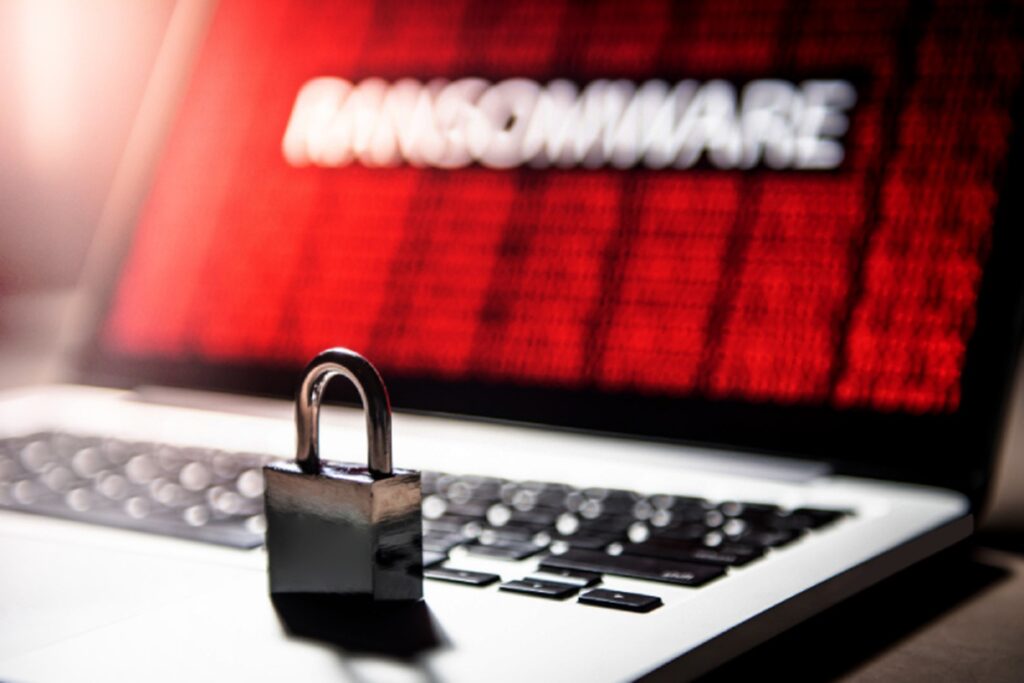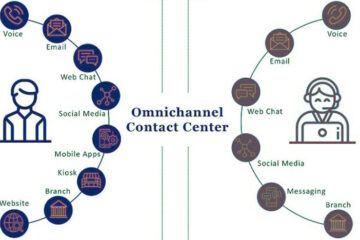Ransomware takes cybercrime to the next level. It involves the use of malicious software to impede your access to your information. The extortionists will then demand a ransom to be paid in exchange for your data. Before this terrible thing can ever happen to you, you need to get an effective cybersecurity solution. To find one, you can compare some solutions, for instance, Eset nod32 vs Avast or you can read some reviews.
 While antivirus reviews give you a clear picture of the appropriate protection, it is always good to know the modern threats. LockBit ransomware is one of the recent creations by hackers to swindle money from entities. The criminals use malicious attacks to invade a network and subsequently deploy the ransomware to encrypt their systems.
While antivirus reviews give you a clear picture of the appropriate protection, it is always good to know the modern threats. LockBit ransomware is one of the recent creations by hackers to swindle money from entities. The criminals use malicious attacks to invade a network and subsequently deploy the ransomware to encrypt their systems.
What’s LockBit?
LockBit is sophisticated ransomware that falls in a subclass of ransomware called “cryptovirus.” The name “cryptovirus” is inspired by the software’s ransom requests in exchange for data decryption. The use of LockBit began in September of 2019. The countries that were among the firsts to suffer from LockBit ransomware are China, the USA, India, and Indonesia.
What is LockBit designed for?
Cybercriminals mostly use LockBit ransomware to stage attacks against enterprises and organizations. Once deployed, the ransomware automatically searches for valuable targets and locks all computer systems on the network. If the demanded ransom is not paid, the criminals will threaten to publish the organizations’ sensitive information; disrupt its operations, or permanently erase its data.
How LockBit Ransomware Works
Authorities believe that LockBit shares characteristics with the MegaCortex and LockerGoga malware family. All the attacker has to do is to manually infect one computer. The ransomware will take it from there, finding other accessible hosts and infecting them without any intervention.
Stages of LockBit attacks
The attacks made by LockBit ransomware occur in 3 stages, which are:
- Exploitation
- Infiltration
- Deployment
First stage: Exploitation
Initially, hackers will exploit the weaknesses of the target network. They can breach the system using social engineering methods (e.g., phishing) to access credentials. Alternatively, they may use brute force to penetrate the target organizations’ network systems and servers. If the network configurations are not correctly set, it may take just a few days to penetrate.
After LockBit has successfully entered the network, it will begin preparations to release its encrypting payload to all system devices. However, the attacker would need to ensure that a few additional steps are completed to guarantee flawless operation.
Second stage: Infiltration
The ransomware will need to infiltrate more in-depth into the system to complete the setup. It is only after full infiltration that LockBit can begin to use its “post-exploitation” tools. These tools are used to get privileges for an attack-ready level of access.
Infiltration also makes unassisted data recovery impossible, or relatively too slow that paying the attacker’s ransom would become the best solution. LockBit will carry out preparative actions such as disabling all security programs and any infrastructure that enables systems recovery. All this will be done pending deployment of the encryption.
Third Stage: Deployment
As soon as the network has become ready for LockBit to become fully mobilized, LockBit will begin self-propagation to ensure that all machines are infected. This process won’t take much time. The ransomware can use one unit with high-level access to send commands to other units so that they download LockBit and quickly run it.
After this is done, the encryption portion of the ransomware will lock all system files. For victims to have access to their systems, they will need a custom key that’s created by the ransomware’s decryption tool. Copies of a ransom note will also be made in the system’s folders. The ransom note will carry instructions on what the victim ought to do to have their systems restored. In some LockBit versions, threats of blackmail can be included.
At this stage, the victim will be the one left to make a decision. They can either contact LockBit to pay the ransom or try to beat the ransomware. You should note that following the attacker’s demands is not the best move. It’s impossible to know if the hacker will fulfill their promises. By listening to their needs, you can lose both your money and essential data.
Types of LockBit threats
LockBit ransomware is a significant threat that has caused so much havoc across many organizations. Spotting its variants might help victims to know what they are dealing with.
First variant – .abcd extension
The original version of LockBit renames system files with the “abcd” extension. Furthermore, it provides a ransom note with a list of demands that should be followed to have the system restored.
Second variant – .LockBit extension
LockBit’s second version adopted the file extension “.LockBit.” It is this extension that inspired the ransomware’s current alias. The characteristics of the second version are almost identical to the first one. Their differences only lie in the backend revisions that were made.
Third variant – .LockBit version 2
The “.LockBit version 2” is the next version of LockBit. This version does not require the Tor browser to be downloaded as part of its ransom instructions. Instead, victims are sent an alternate website that they can use through the internet.
Removal and Decryption of LockBit
Considering the problems that LockBit can cause, all endpoint devices should have more robust protection standards. For instance, they can be installed with effective endpoint cybersecurity solutions.
If an attack has already occurred, removing the ransomware alone won’t restore your access to your data. Special tools will be required to fully unlock your system. Alternatively, you may need to reimage your data from your backup (if the backup is available).
Other ways of protecting against LockBit ransomware
- Use stronger passwords;
- Take advantage of the multi-factor authentication;
- Simplify and reassess user account permissions;
- Remove old user accounts that are no longer used;
- Create a backup of your data;
- Install a comprehensive cybersecurity solution that offers real-time protection.
Conclusion
Individuals, enterprises, and organizations should guard against ransomware attacks. When caught off-guard, users/ entities have so much to lose. However, with adequate preparation, it’s possible to stop the enemy before they strike.



1 Comment
Precisely what is Ransomware? Identified, Explained, And Explored – Default · December 8, 2020 at 8:40 am
[…] assaults that determine and harm or encrypt local back up files. The first recognized viruses https://www.urtech.ca/2020/11/lockbit-ransomware-what-should-you-know/ extortion Ransomware was referred to as AIDS Trojan’s, aka PC Cyborg. This kind of low-tech […]